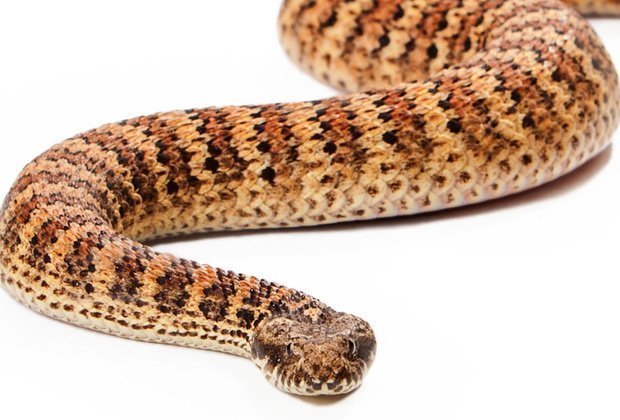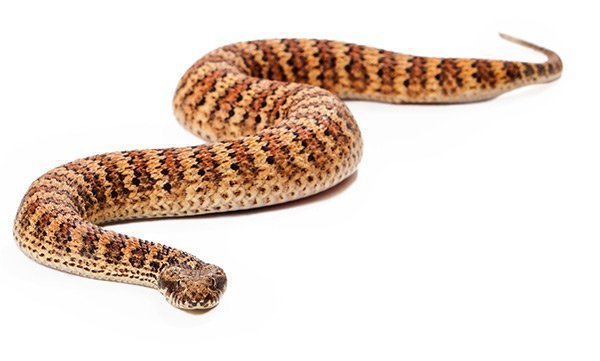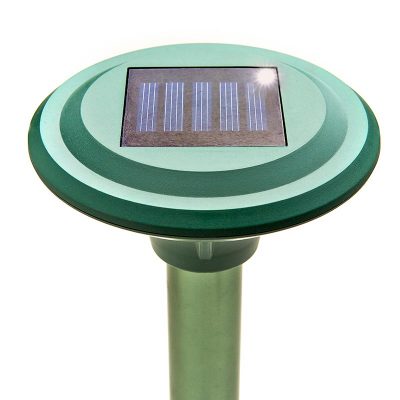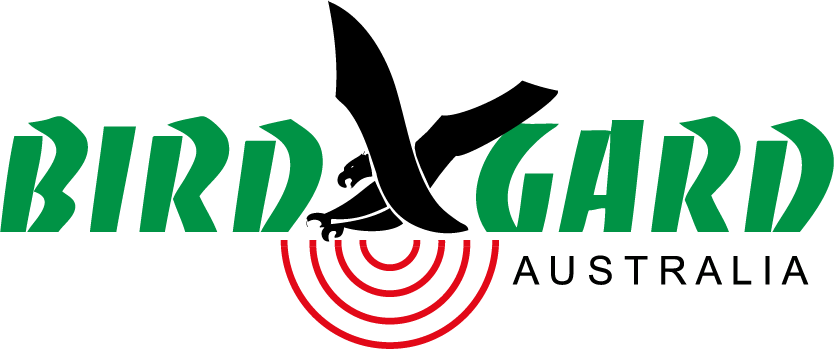Your cart is currently empty!

Australia’s 15 Most Venomous Snakes
We’ve written a list of Australia’s 15 Most Venomous Snakes, although Australia is home to 85% of the world’s most venomous snakes and with some 170 species of land snakes – not to mention other poisonous creatures such as the cone snail, box jellyfish, funnel web spider, blue-ringed octopus, even honeybees – Australia sounds like one perilous place. Not true, say, experts, especially when it comes to venomous snakes. Of the almost 25 million residents, not to mention 7 million tourists annually, only about 3,000 snakebites occur each year, with approximately 300-500 requiring anti-venom treatment and/or hospitalisation, with an average only about two fatalities. While snake bites are among the most common causes of violent death in dogs and can be perilous to cats, since the development of anti-venom several decades ago, fatalities have considerably reduced for both two and four-legged creatures.
“This is in contrast to India, for example, where bites may reach one million a year, with over 50,000 [human] deaths” University of Queensland associate professor and herpetologist Bryan Fry told australiangeographic.com. “Snake bites are… often the fault of the person that’s bitten. Most bites occur when people are trying to kill a snake or show off.”
Most snakes would instead slither away from humans than fight them, the article continues. Unlike animals, including pets, “snakes don’t perceive humans as food,” Dion Wedd, curator of the Territory Wildlife Park, NT also told australiangeographic.com. Regardless of the circumstance, sometimes snake encounters happen, so it’s best to familiarise yourself with what you might be dealing with beforehand.
Snakebite 101
Fun (well, maybe not so much) fact: Even if Australia’s most venomous snakes bite you, the bite may be what’s known as a “dry bite;” that is, the snake doesn’t inject venom into your system. It occurs in 15-50 percent of bites, but if even if venom is injected “it may be released in minimal quantities,” according to Jerry G. Walls in Reptiles magazine. The same may be true for pets, but you can’t always tell. Regardless of who is bitten or – even if it seems minor — always seek immediate medical treatment.
“Snake venoms are combinations of literally dozens of complex biochemicals, their presence or absence and proportions varying both by species and individually,”
continues Walls. Stored in sacs on each side of the snake’s head and injected into the prey via hollow fangs, the venom contains toxins (zootoxins) which can create havoc and damage to the blood (hemotoxins), certain cells (cytotoxins) and the nervous system (neurotoxins). In at least some cases,
“the serious effects of a bite are due as much to allergic reactions (anaphylactic shock) as to the tissue-destroying effects of the venom.”
Although all snakes can bite, there are simple tells between venomous and non-venomous varieties:
Other types of snakes, such as pythons and boa constrictors, actually strangle their victims. Faster and more efficient than suffocation – which is what some believe these snakes do – death results when the snake coils itself around the prey and squeezes tight, cutting off blood supply and circulation.

Meet (Hopefully Never) the Snakes
Below are 15 of the more commonly found species of Australia’s most venomous snakes
1. Eastern brown snake (Pseudonaja textilis)
Located in both populated and rural areas in the eastern half of mainland Australia and the Northern Rivers, eastern brown snakes, together with other browns are responsible for more deaths every year in Australia than any other group of snakes. They are mainly drawn to farms with mice. Along with having the second most toxic venom of any land snake in the world, they move fast, are aggressive and easily antagonised, raising their bodies up and winding themselves into an “S” to strike. The venom causes progressive paralysis and stops the blood from clotting, resulting in collapse and requiring many doses of antivenom to reverse.
2. Western brown snake (Pseudonaja mengdeni)
Except for some areas in eastern and southwestern Australia, these snakes are found throughout most of the mainland. Less bad-tempered than their eastern cousins, they are still dangerous, fast-moving and – forgive the pun – easily rattled, but tend to run for cover rather than attacking. However, while less toxic than the eastern brown, they inject three times as much venom, although the bites are relatively painless and can be difficult to identify. Symptoms include a headache, nausea, abdominal pain, blood clotting issues and possible kidney damage.
3. Mainland tiger snake(Notechis scutatus)
Found in the southeastern coast of Australia, encompassing New South Wales, Victoria and Tasmania; highly populated areas on the east coast, including Melbourne; and the far corner of South Australia, mainland tiger snakes are responsible for the second-highest number of bites in the country. Their meal of choice is mice, which draws them to farms and houses on the outskirts of suburbia, where they hunt at night and can be quickly and accidentally stepped on by humans. Untreated bites can be fatal, with symptoms ranging from pain in the feet and neck to tingling, numbness and sweating. This is followed by breathing difficulties, paralysis and possible renal failure.
4. Inland taipan (Oxyuranus microlepidotus)
Often cited as the world’s most venomous snake, the inland taipan is also a recluse, hiding among the remote, rocky borders of Queensland, South Australia, New South Wales and the Northern Territory. Shy and not easily aroused, it has only had a handful of four-legged victims, all been snake handlers, who survived with hospitalisation and treatment. Still, its deadly venom has the potential to kill an adult in less than an hour; its meal of choice, the long-haired rat, is far less fortunate as the snake injects 40,000 times the amount needed to kill the rat.
5. Coastal or eastern taipan (Oxyuranus scutellatus)
With the longest fangs of any Australian snake and the third most toxic venom of any land snake, this taipan can be found along the coastal regions of northern and eastern Australia and the island of New Guinea and is especially fond of sugarcane fields. Large and hypervigilant, it lashes out when surprised or cornered, injecting a considerable amount venom deep into the flesh in as many as two or three bites; in extreme cases, death occurs within a half hour. The venom spreads quickly within the nervous system and the blood, resulting in nausea, convulsions, internal bleeding and severe muscle and kidney damage. However, these snakes tend to avoid confrontation and will escape whenever possible.
6. Mulga or king brown snake (Pseudechis australis)
These snakes have the most extensive distribution of any Australian snake and are found throughout the country (exceptions: Victoria, Tasmania and the most southern parts of Western Australia). With the most substantial recorded venom output in the world, they are also the country’s heaviest venomous snake. Their temperament varies with location: southern mulgas tend to be withdrawn and shy, while their northern brethren become agitated when disturbed, throwing their heads from side to side and hiss loudly. A mulga bite can be horrific. The snake hangs on and chews its victim as it injects huge amounts of venom, which destroys blood cells and affects the muscles and nerves.
7. Lowlands or common copperhead (Austrelaps superbus)
These snakes are comparative snow bunnies as they are active in weather usually thought to be too chilly for snakes, including the cooler climes of southeastern Australia, southern Victoria, Tasmania and the islands of Bass Strait. Copperheads also prefer water such as dams, canals, drainage ditches and similar locales. While they do live in populated and farm areas, they tend to be shy and avoid humans, although if cornered will whip their bodies around and hiss, rarely biting. If they do happen to hit their target, venom damages nerves, blood and other cells and muscles but is rarely fatal.
8. Common or southern death adder (Acanthophis antarcticus)
Located in most of eastern Australia, the southern part of South Australia and in Western Australia, unlike other snakes which flee once they hear noisy humans, the death adder will sit motionless and concealed, as if in wait for the unwary bushwalker. Their very nature is to ambush and lure its prey, using a worm-like lure at the end of its tail. The death adder is also considered the world’s fastest striking snake, taking a little over a tenth of a second to bite. Also unlike other snakes, which have more complex venoms, their venom is only neurotoxic causing death by paralysis and respiratory failure in as little as six hours. About 50 per cent of the bites were fatal before the development of the antivenom.
9. Small-eyed snake (Rhinoplocephalus nigrescens)
Small but mightily poisonous, this snake can be found along the east coast, from Victoria to Cape York. Although widespread, this black snake blends in with and is active at night and rarely comes into contact with humans. If bothered, they may thrash around but are less inclined to bite. However, their venom, a long-acting myotoxin that attacks heart and muscle tissue, can result in aftereffects that can linger for days, possibly longer.
10. Common or red-bellied black snake (Pseudechis porphyriacus)
Located throughout the east coast (except Tasmania) and a bit into southeastern South Australia and somewhat less venomous than the other snakes, this large snake is still found in Sydney and other urban areas, making it vulnerable to human contact. While it’s passive and prefers to avoid people, it will lash out by flattening its body and hissing. Although rarely fatal, the venom, which affects blood clotting and can cause nerve and muscle damage, results in illness and requires medical treatment.
11. Spotted or Blue-Bellied Black Snake (Pseudechis guttatus)
Found in a range of habitats in west coastal southeast Queensland and northeastern New South Wales, this snake is often confused with its similar-looking cousin, the red-bellied black snake and also occasionally with the eastern brown snake. As with the red-bellied black snake, it’s shy but will defend itself by flattening and hissing, then latching onto its victim, ensuring a good dose of highly toxic venom, resulting in severe pain, nausea, vomiting, diarrhoea, and other complications.
12. Yellow-bellied Sea Snake (Hydrophis platurus)
The most wide-ranging and aquatic snake in the world – it can survive without ever having to touch land or the sea floor – this snake is easily recognisable by its distinctive yellow and black markings. The snakes like to camouflage themselves in debris where they can wait for fish to feed upon. They rarely come into contact with humans, unless they are injured and wash ashore; if they do bite, it is often painless with little swelling or discolouration. However, even a small dose of venom is highly toxic, resulting in muscle pain and stiffness, drooping eyelids, drowsiness and vomiting, and if it’s a serious bite, total paralysis and death.
13. Beaked Sea Snake (Enhydrina schistosa)
Found in coastal waters around northern Queensland and the Northern Territory, the beaked sea snake is aggressive and easily provoked. Its bite, the sixth most venomous in the world, carries enough poison to kill 50 people. Not surprisingly it’s believed to be responsible for the most human deaths worldwide from sea snake bites, attacking most often while victims are wading in shallow, muddy waters. These snakes are also a major reason to stay away from the sea foam that builds up on beaches after big storms.
14. Collett’s Snake (Pseudechis colletti)
The shy but spectacularly-coloured Collett’s Snake inhabits of Queensland’s black soil plains.
While relatively placid, but will defend itself if antagonised by inflating and raising its forebody in a low curve while hissing. While the snake usually eventually backs away; if pressed further, it will strike out. While not as toxic as other venoms, early symptoms from bites include nausea, vomiting, abdominal pain, diarrhoea and headache and clotting disorders. If left untreated it could result in rhabdomyolysis, a breakdown of muscle tissue that releases a damaging protein into the blood, and acute renal failure
15. Rough-scaled Snake (Tropidechis carinatus)
The rough-scaled snake can be found in trees as well as on the ground and from sea level to altitudes of 1100 meters. They are located in widely separate regions of the Australian east coast: in the tropics between Mossman and Tully in northern Queensland, and further south between the New South Wales central coast and Fraser Island, Queensland. They are often encountered crossing the road at night, especially on rainy nights in summer. In cooler weather, they may sometimes be seen basking in the sun on low vegetation or on a log or bank. Shy and extremely nervous, it will vigorously defend itself if cornered. It has relatively large fangs and highly toxic venom which can result in clotting issues, kidney damage or failure, and, after several hours possibly muscle weakness and/or respiratory failure as well as myolysis (destruction or disintegration of muscle tissue).
The National Coronial Information Service (NCIS) found that of the 35 snakebite deaths recorded between 2000-2016, 23 mortalities were caused by the brown snake, followed by the tiger snake, taipan and death adder. Contrary to the popular belief that snake bites happen in rural areas, according to the study, over half took place in an urban environment near or within a major city, often occurring at or close to the victim’s home. Almost three-quarters of the victims were male, ranging from 18 months to 70 years old.
Ways to Avoid Australia’s 15 Most Venomous Snakes
Along with wearing shoes and protective clothing in the bush and other areas where snakes may roam, you can take certain precautions in keeping snakes away from your property:
Keep the grass cut short around your home, clearing brush, flowers and shrubs from walkways
Keep the yard tidy by removing undergrowth, filling holes in the ground, mowing the lawn, and clearing away toys and tools which make great hiding places for snakes.
Along with cleaning up spilt food or bird seed, remove clutter from your garage and shed to avoid attracting mice or rats, a snake’s favourite food.
Piles of wood – another snake/rat hunting ground – should also be stored away from the house. If you have a fence, dig it a foot into the ground to further repel snakes.
The Bird Gard solar snake repeller is an easy, safe and relatively inexpensive solution in avoiding snake encounters. Using solar energy with a backup battery, it produces a variety of sounds threatening to all types of snakes. Unlike other snake repellers which make a single monotonous sound, the Bird Gard model has two random vibration modes, resulting in a five-day cycle of distinctly different noise patterns. This takes and keeps snakes off guard and consistently away. In addition to the garden, Bird Gard repellers can also be placed near clotheslines and play areas and on property boundaries or creek lines. The Bird Gard snake repeller will help keep you, your family and your pets and other animals safe from snake bites.
Sources & References
- https://anaesthesia.med.usyd.edu.au/resources/venom/snakebite.html
- http://australiangeographic.com.au/topics/science-environment/2012/07/gallery-10-most-dangerous-snakes-in-australia
- https://australianmuseum.net.au/reptiles
- http://newsroom.melbourne.edu/news/fatal-snake-bites-australia-facts-stats-and-stories
- https://northernstar.com.au/news/our-10-deadliest-animals/2648358
- https://phys.org/news/2017-03-fatal-snake-australiafacts-stats-stories.html
- https://reptilesmagazine.com/Snakes/Wild-Snakes/The-Worlds-Deadliest-Snakes/
- https://snake-facts.weebly.com/deadliest-snakes-in-australia.html
- https://theconversation.com/are-australian-snakes-the-deadliest-in-the-world-not-even-close-50963
- https://theydiffer.com/difference-between-venomous-and-non-venomous-snakes/
-
 Snake Repeller$50.54 Including GST
Snake Repeller$50.54 Including GST

Leave a Reply